Developing an RIPB design framework for external hazards

The American Nuclear Society’s Risk-informed, Performance-based Principles and Policy Committee (RP3C) held another presentation in its monthly Community of Practice (CoP) series on April 4.

A message from Goodway Technologies
Optimizing Maintenance Strategies in Power Generation: Embracing Predictive and Preventive Approaches

The American Nuclear Society’s Risk-informed, Performance-based Principles and Policy Committee (RP3C) held another presentation in its monthly Community of Practice (CoP) series on April 4.
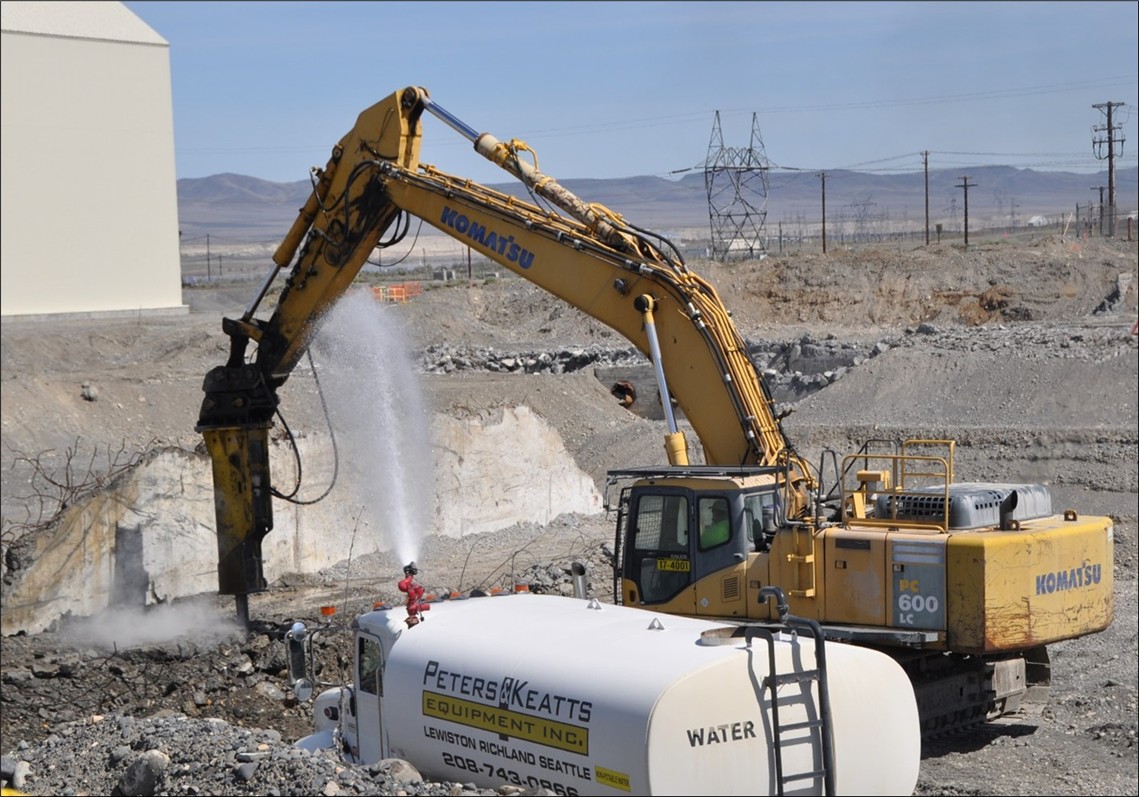
The cost to complete the cleanup of the Department of Energy’s Hanford Site in Washington state could cost as much as $589.4 billion, according to the 2025 Hanford Lifecycle Scope, Schedule, and Cost Report, which was released by the DOE on April 15. While that estimate is $44.2 billion lower than the DOE’s 2022 estimate of $640.6 billion, a separate, low-end estimate has since grown by more than 21 percent, to $364 billion.
The life cycle report, which the DOE is legally required to issue every three years under agreement with the U.S. Environmental Protection Agency and Washington State Department of Ecology (Ecology), summarizes the remaining work scope, schedule, and cost estimates for the nuclear site. For more than 40 years, Hanford’s reactors produced plutonium for America’s defense program.
Leaders in Ghana announced recently that the country has a “framework agreement” with U.S.-based companies NuScale and Regnum Technology Group.
The announcement made by Stephen Yamoah, executive director of Nuclear Power Ghana, was reported by the Ghana News Agency on March 31. He also said Japanese firms will be working in partnership with NuScale and Regnum on the small modular reactors while the China National Nuclear Corporation will construct a large reactor.
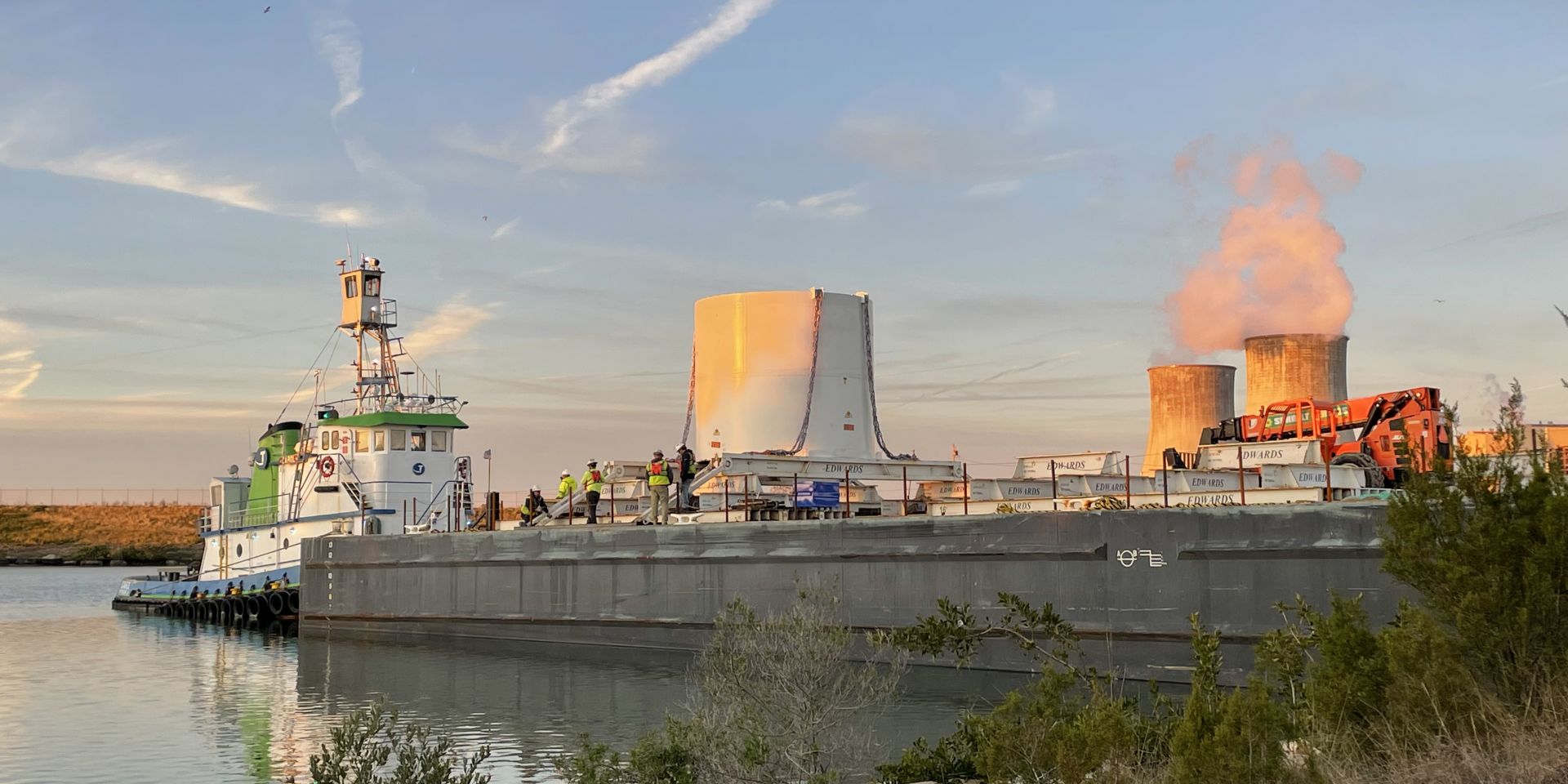
The Optimized Segmentation process patented by Orano Decommissioning Services was successfully implemented for the first time at the Crystal River Unit 3 (CR-3) decommissioning project in Florida [1]. Using this approach, Orano was able to avoid the time- and resource-intensive process of packaging components into numerous standardized waste containers and significantly reduced the required segmentation activities.

The University of Missouri announced today that it has signed a $10 million contract for the initial design phase of the $1 billion-plus state-of-the-art NextGen MURR research reactor project.
Utah-based EnergySolutions has announced it has been awarded two contracts worth a combined $84.6 million from the U.S. Navy to support waste management operations across multiple Naval Nuclear Propulsion Program sites. According to the company, the indefinite-delivery, indefinite-quantity contracts will enable the secure transportation, receipt, processing, recycling and reduction, and disposal of nuclear materials from key naval sites nationwide.
The Federal Energy Regulatory Commission has doubled down on its rejection of an interconnection service agreement (ISA) between Amazon Web Services and Talen Energy in Pennsylvania.
Two recent news stories—the Department of Defense’s launching of the Advanced Nuclear Power for Installations (ANPI) program and the development of prototype nuclear batteries in Japan and South Korea—are tied together in an article by London-based writer Nick O’Hara, creator of the Substack Gridlocked: Why the 21st Century is Broken and How to Fix It.
According to O’Hara, these two developments taken together “could be the shard of light we need in otherwise dark times. Because innovations in advanced nuclear technology could be critical to unlocking the path to decarbonizing our societies and combatting climate change.”
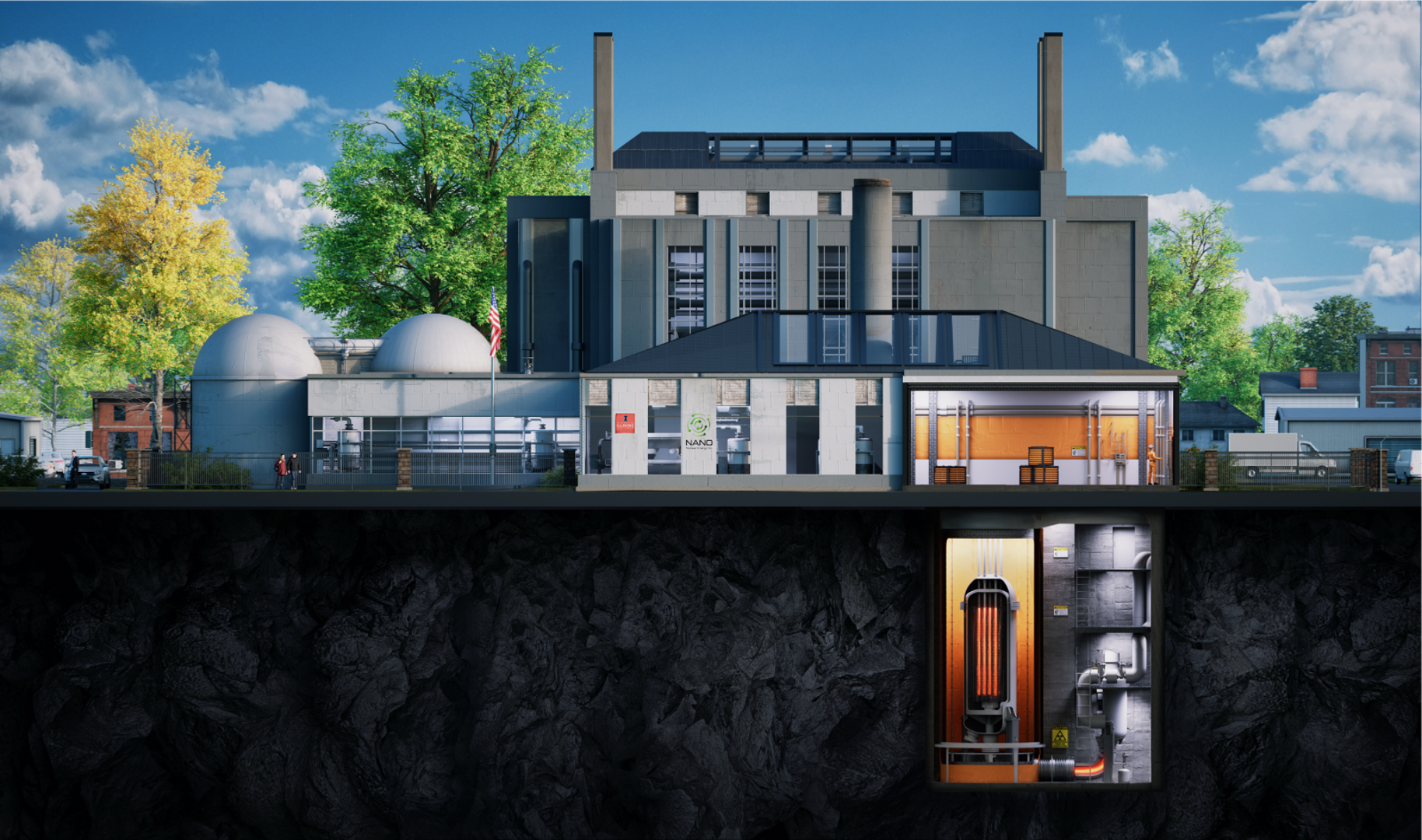
Plans to bring a university research reactor like no other to the campus of the University of Illinois at Urbana-Champaign (UIUC) were punctuated last fall by the news that Ultra Safe Nuclear, the developer of the gas-cooled reactor technology selected for the Illinois Microreactor Project, had declared bankruptcy.

Tokyo Electric Power Company is scheduled this week to begin retrieving a second sample of nuclear fuel debris from Unit 2 of Japan’s damaged Fukushima Daiichi nuclear power plant. This second retrieval comes after TEPCO improved the telescopic device used to gather samples.

Researchers at GE Hitachi Nuclear recently completed a successful test on potential new building blocks made of steel-concrete composite.

The 50th anniversary of the founding of the Latin American Section of the American Nuclear Society is today: April 14, 2025! LAS/ANS was created with the goal of representing the interests of the nuclear professionals of Latin America.
The Defense Innovation Unit announced April 10 next steps in the Advanced Nuclear Power for Installations (ANPI) program, launched in 2024 to deploy microreactor nuclear systems for increased power reliability at select military locations.
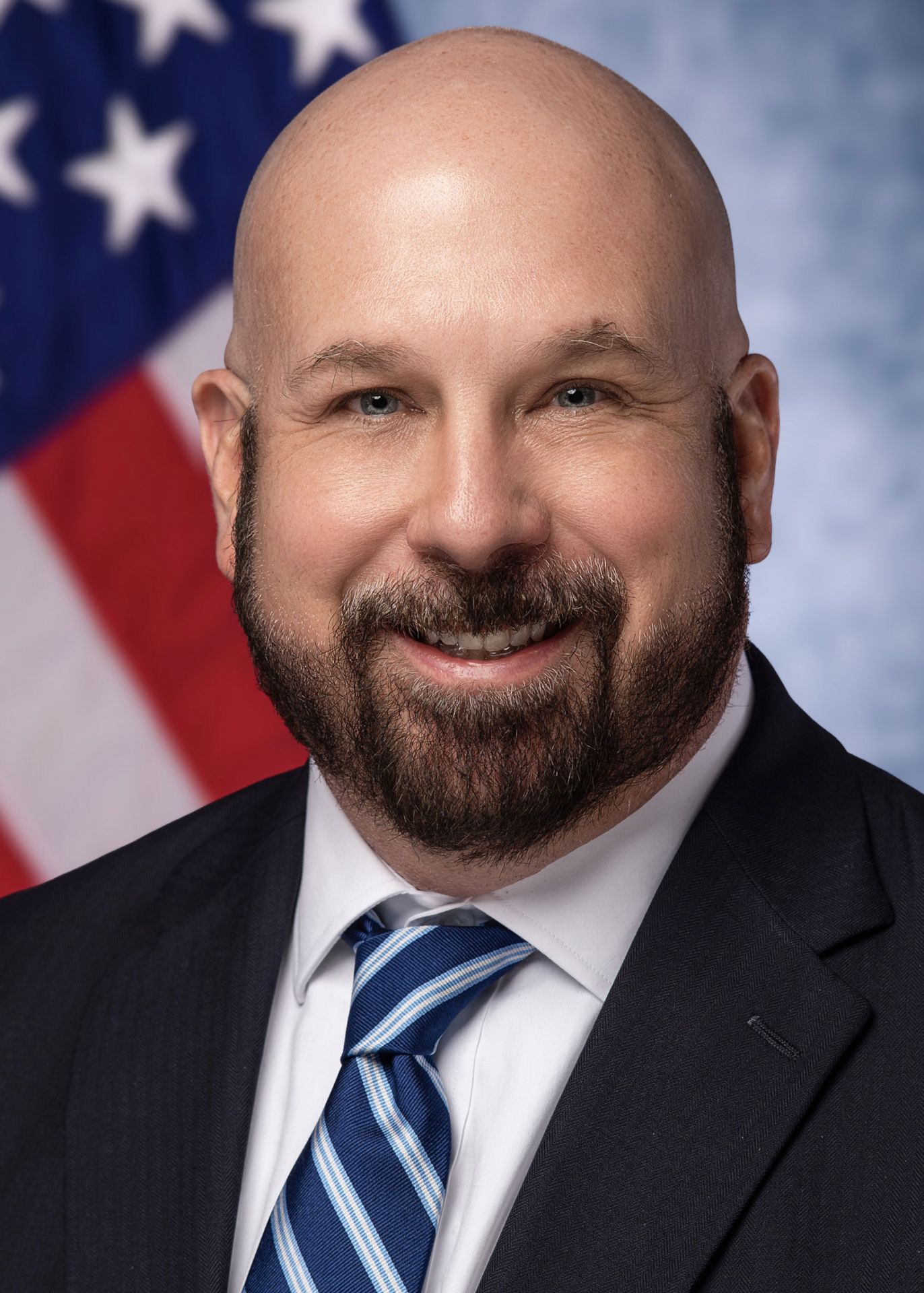
Jarrell
Roger Jarrell will lead the Department of Energy’s Office of Environmental Management as the new principal deputy assistant secretary. Jarrell, who served in the office during the first Trump administration, was named DOE-EM senior advisor in January. Prior to that, he served as the general counsel and previously was the government and stakeholder interface at DOE cleanup contractor UCOR, of Oak Ridge, Tenn.
Jarrell takes over the assistant secretary position, listed on DOE-EM’s organizational chart as EM-2, from Dae Chung, a long-serving DOE-EM executive who was tapped by the Trump administration in March to lead the office as acting principal deputy assistant secretary following the departure of Candice Robertson, who had led the office since June 2024.
Historic nuclear plant restart could happen in 2025.
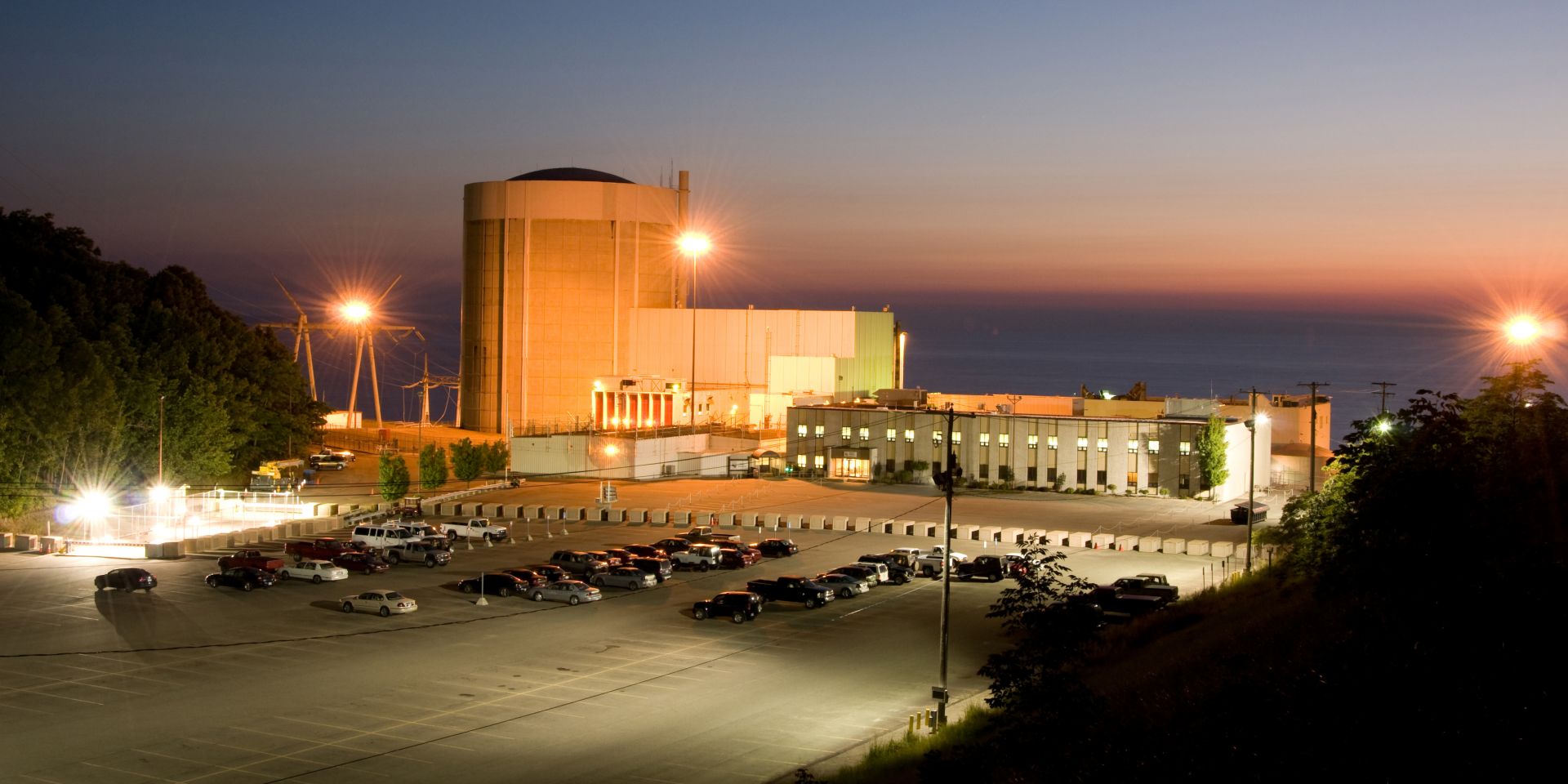
Mike Mlynarek believes in this expression: “In the end it will be OK; and if it’s not OK, it’s not the end.”
As the site vice president at Palisades nuclear power plant in Covert Township, Mich., Mlynarek is overseeing one of the most exciting projects in the United States nuclear power industry. If all goes according to plan, Holtec’s Palisades plant will be splitting atoms once again by the end of 2025 and become the first U.S. nuclear facility to restart after being slated for decommissioning.

Southern Nuclear recently loaded nuclear fuel with uranium-235 enriched up to 6 percent—higher than the usual 3–5 percent enrichment—into Vogtle-2 to test it through irradiation.
ANS member since 1989
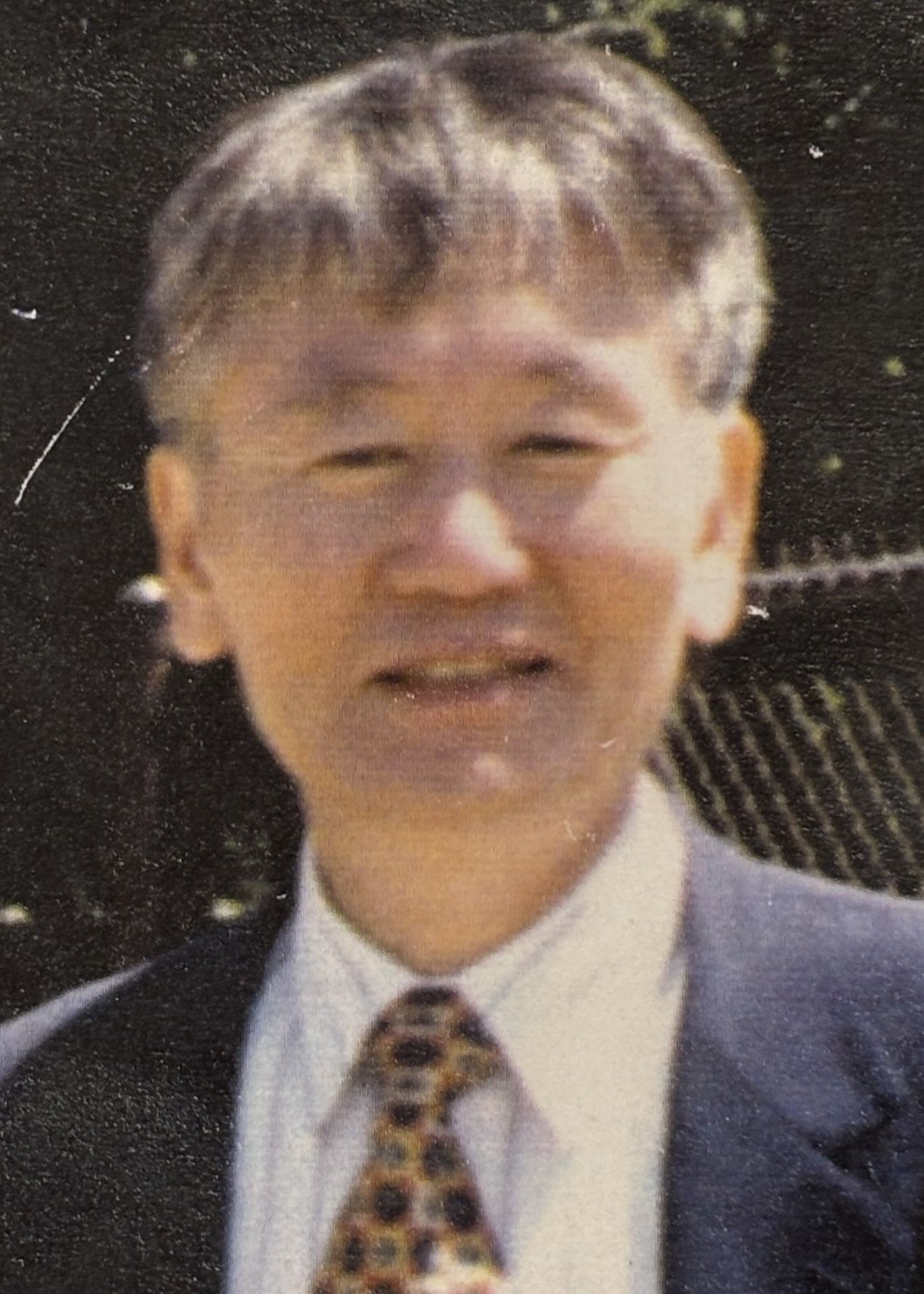
Jong Kim in 1994 . . .
How did I get interested in nuclear energy? I am a mechanical engineer by education, with a B.S. (Seoul National University), M.S. (University of Missouri), and Ph.D. (Caltech), and I am a nuclear engineer by profession.
After receiving my degree in 1971, I stayed on as a research fellow for two years and then moved to Penn State’s Garfield Thomas Water Tunnel, which at the time was the largest closed-loop tunnel in the world, as a research associate doing naval hydrodynamics research.
That was the year the infamous energy (oil) crisis hit. I thought that nuclear energy would become a critical pillar in energy security and independence. The nuclear profession looked promising. Brookhaven National Laboratory was hiring engineers to develop computer codes, so I decided to join the team and in 1975 became an associate engineer at BNL. This is how my long nuclear journey began.
The Department of Energy’s Office of Nuclear Energy has posted a list of the advantages and challenges of using nuclear energy to power AI data centers, which some estimates suggest could consume as much as 12 percent of U.S. energy production by 2028. The DOE also posted a brief video on its YouTube channel to accompany the list.
Brandon Williams appeared before the U.S. Senate’s Committee on Armed Services this week to answer questions on how he would lead the Department of Energy’s National Nuclear Security Administration, if confirmed for the job.
President Donald Trump announced Williams as his pick for the NNSA role in January. Energy Secretary Chris Wright said he was personally involved in the selection of Williams for the role, telling the Exchange Monitor in January, “He’s a smart, passionate guy [who] wants to defend our country.”
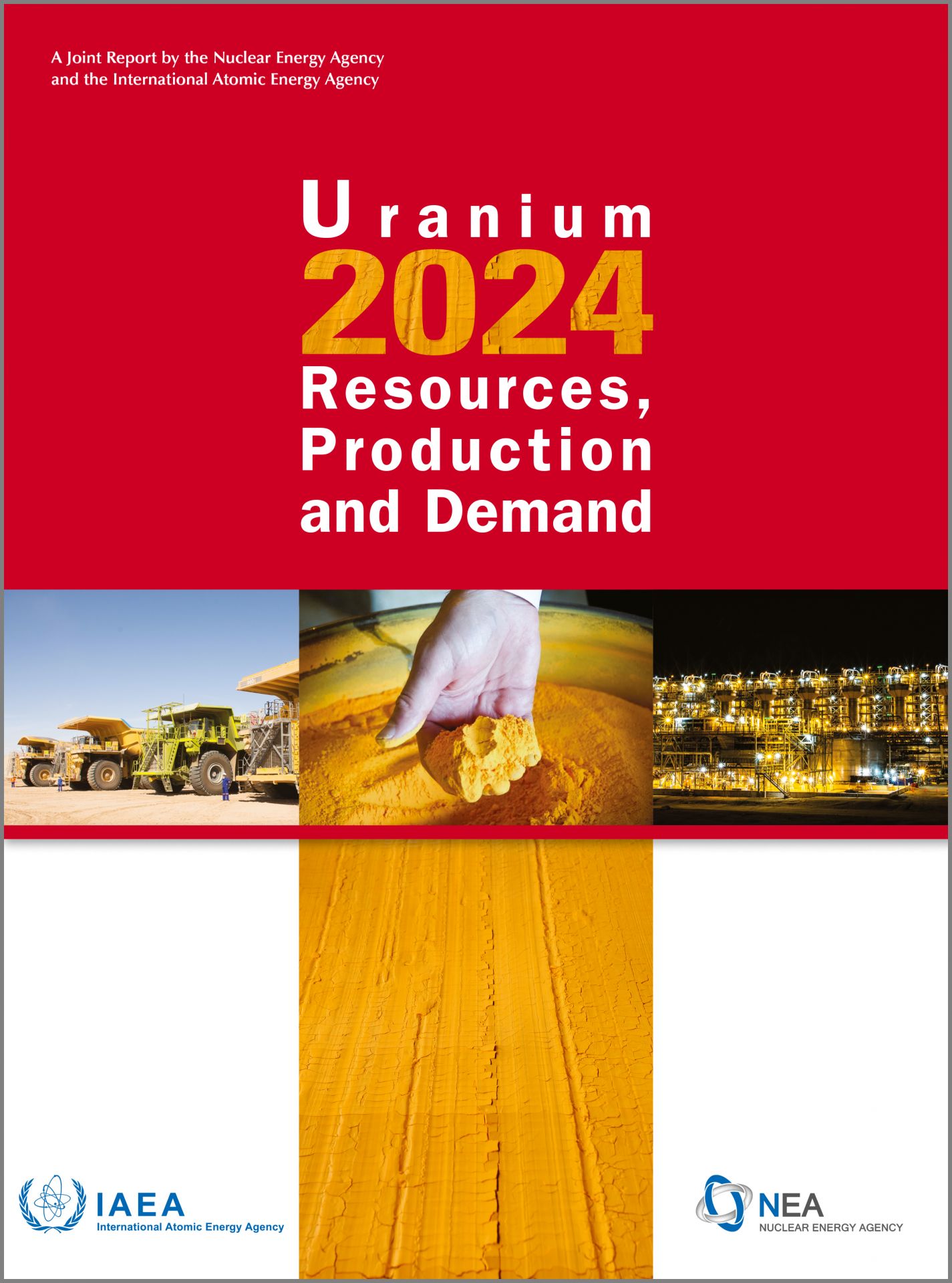 The latest edition of Uranium 2024: Resources, Production and Demand, commonly known as the Red Book, reports that current uranium resources are sufficient to meet low- and high-growth nuclear capacity needs through 2050 and beyond, but that further development of resources is still required. Even if nuclear capacity remains stable at 2050 levels through the end of the century, the report noted that cumulative demand “could exceed the current identified uranium resource base of nearly 8 million tonnes by the 2080s under the low-growth demand scenario and by the 2110s under the high-growth demand scenario outlined in this edition.”
The latest edition of Uranium 2024: Resources, Production and Demand, commonly known as the Red Book, reports that current uranium resources are sufficient to meet low- and high-growth nuclear capacity needs through 2050 and beyond, but that further development of resources is still required. Even if nuclear capacity remains stable at 2050 levels through the end of the century, the report noted that cumulative demand “could exceed the current identified uranium resource base of nearly 8 million tonnes by the 2080s under the low-growth demand scenario and by the 2110s under the high-growth demand scenario outlined in this edition.”